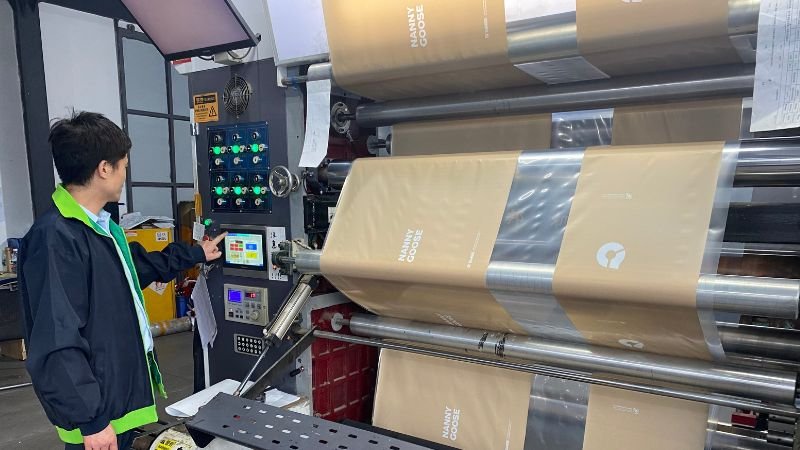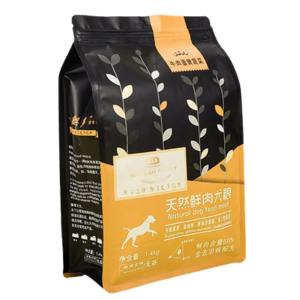The demand for paper packaging bags has surged over the last few years, driven by increased awareness of environmental issues and stricter regulations on plastic usage. However, navigating through various standards, especially in the EU, can be a daunting task for businesses. What exactly are the EU standards for paper packaging bags, and why do they matter?
In the European Union, paper packaging bags must comply with strict environmental, safety, and quality standards. These regulations are designed to ensure that the products are not only sustainable but also safe for consumers and the environment. Meeting these standards is essential for businesses to sell their products across the EU market.
Let’s dive into the specifics of these regulations and explore what you need to know to stay compliant.
What Are the EU Standards for Paper Packaging Bags?
In the EU, there are several key regulations and standards that govern the use of paper packaging bags. These include:
- The EU Packaging and Packaging Waste Directive (94/62/EC)
- The EU Waste Framework Directive (2008/98/EC)
- EN 13432 for biodegradable packaging
- EN 71 for safety of toys (if applicable)
These regulations cover everything from the materials used to make the bags to their recyclability and environmental impact. Paper packaging must be made of materials that are certified as recyclable and sustainable.
Why Are These Standards Important for Businesses?
For businesses, meeting EU standards for paper packaging bags is not just about compliance; it’s about staying competitive. The European market has become more eco-conscious, with consumers actively seeking out environmentally friendly packaging. Failing to meet these standards can result in fines, product recalls, and damaged reputation.
Furthermore, EU standards help ensure that your paper bags are safe for use with food, beverages, and other products, protecting both the consumer and the brand.
Materials Used in Paper Packaging Bags
The type of paper used in packaging bags is a primary consideration under EU standards. Paper packaging bags must primarily be made from renewable sources. Recycled paper is encouraged, but only if it meets specific quality criteria, including:
- No harmful chemicals: Paper bags should be free from toxic inks, dyes, and other substances.
- Sustainability certifications: Certifications like FSC (Forest Stewardship Council) or PEFC (Programme for the Endorsement of Forest Certification) show that the paper comes from sustainably managed forests.
- Recyclability: The packaging must be easy to recycle in the existing waste stream.
If your paper bags contain any other materials, such as plastic windows or coatings, these too must meet the EU’s stringent recycling requirements. Packaging that’s not recyclable can contribute to the growing problem of landfill waste, which is why it’s crucial to use environmentally friendly materials.
Compliance with EN 13432 for Biodegradable Packaging
The EN 13432 standard is especially relevant if your paper packaging bags claim to be biodegradable or compostable. This European standard sets requirements for packaging that is designed to break down under natural conditions, helping reduce waste.
For a packaging bag to be classified as biodegradable in the EU, it must undergo rigorous testing for:
- Disintegration: The bag should break down in a composting environment.
- Ecotoxicity: It should not harm the soil or environment during the biodegradation process.
- Biodegradability: The material should be able to decompose into natural substances within a set timeframe.
Companies looking to promote their products as “eco-friendly” must ensure their packaging meets these standards.
Paper Packaging Bags and Food Safety Regulations
If your paper packaging bags are intended for food products, additional food safety regulations apply. The EU Regulation (EC) No 1935/2004 covers materials and articles intended to come into contact with food. It stipulates that packaging must:
- Not transfer harmful substances to the food.
- Maintain the quality and safety of the food, without altering its taste, smell, or appearance.
- Be suitable for its intended use (e.g., handling hot, greasy, or wet foods).
This regulation ensures that the paper used in packaging doesn’t pose a health risk to consumers. You must also ensure your paper bags are manufactured in facilities that adhere to hygiene and safety standards.
What Are the Environmental Considerations?
One of the most important factors in EU standards is environmental sustainability. Paper packaging bags must meet the EU’s environmental impact regulations, including:
- Reduced carbon footprint: Manufacturers are encouraged to optimize production processes to minimize energy consumption.
- Lower emissions: The use of renewable energy in production processes is preferred to reduce greenhouse gas emissions.
- Waste reduction: Packaging must be designed to minimize material waste and be easy to recycle.
Eco-friendly certifications, such as the EU Ecolabel or Cradle to Cradle certification, can help your business stand out in the market. These labels assure consumers that your packaging meets high environmental standards.
Ensuring Quality Control and Certification
Quality control is essential for compliance with EU standards. Not only does your paper packaging need to be safe, but it also must meet specific durability requirements. For instance:
- Tensile strength: The packaging should be strong enough to hold the contents without tearing.
- Seam strength: For bags with seams, these must be secure to prevent any product leakage.
To ensure compliance, businesses often need to undergo regular inspections, certifications, and testing. Certification bodies like Bureau Veritas or SGS can conduct audits and issue the necessary certificates.
How to Stay Compliant with EU Standards?
Staying compliant with EU standards requires regular monitoring of changes in regulations and standards. The EU frequently updates its laws related to environmental and packaging standards. As a business owner or purchasing manager, you need to stay informed about any updates that may affect your packaging.
To stay compliant:
- Engage with certified suppliers: Choose packaging suppliers who are familiar with EU regulations and can provide certifications.
- Invest in R&D: If your packaging is non-compliant, consider investing in research and development to find eco-friendly alternatives.
- Maintain clear documentation: Keep records of all certifications, test results, and compliance audits for transparency.
Conclusion
EU standards for paper packaging bags are stringent but essential for businesses looking to operate within the European market. By adhering to these regulations, businesses can offer safe, eco-friendly packaging that aligns with consumer expectations and contributes to sustainability goals.







